More and more people are paying attention to what ends up in their basket. That's great! Time to put the dried fruit under the microscope. They are high in calories and contain natural sugars, and yet they are recommended as an addition to dishes or as an independent snack . What is it about them that more and more people are turning to dried substitutes for fresh fruit in winter?
Dried fruit - a caloric bomb or a vitamin phenomenon?
Dried fruit, paradoxically, is good for slimming. Of course, in reasonable amounts, due to the high calorific value. They have a lot of fiber, vitamins and minerals that can improve the functioning of the body and support a reduction diet . Dried non-sulfurized fruit is a great alternative to fresh fruit when you do not have access to fresh products (e.g. in winter).
Dried fruit does not contain fats. They are also very low in sodium. Instead, they contain large amounts of vitamins A and B. In addition, they include:
- iron,
- calcium,
- fiber.
So if you are considering supplementing in winter, you can choose dried fruit without sulfur instead.
Unsatured dried fruit - what does it mean?
Dried fruits without sulfur are fruits that undergo a drying process to which the preservative E220 is not added . It is used quite often in industrial food production - you will also find it most often in fruit juices and dried fruits.
Unsatured dried fruit is much healthier because E220 causes food products to lose a lot of vitamins (e.g. B vitamins). However, they look less appetizing. A lot of people still choose sulfur-free dried fruits because they think they taste better . Always read the ingredients - some manufacturers add sugar and other improvers that can negatively affect your health.
The most popular dried fruit for some ailments
The most popular dried fruits are definitely raisins and cranberries. Often, as a snack, you also eat dried apricots, dates, figs, plums or banana chips.
Some dried fruits can be good for some ailments . Dried plums are recommended for constipation, and apricots in this form have a positive effect on the appearance of the skin (e.g. due to the high content of beta-carotene). Dried figs can be eaten in addition to anemia medications because they are high in iron. Dried pineapple, on the other hand, has a lot of fiber in it, so it can support the intestines in their work.
What to add dried fruit to?
Dried fruit can be eaten as a snack, but due to its calorific value, you should keep an eye on their quantity. That is why we recommend them as an addition to various dishes. They blend in perfectly with porridge, muesli, yoghurt or tea . Dried fruit can also be used in cakes.
You can also make compote from dried fruit (plums, apricots, apples or pears). In addition, it is popular to add dried fruit to meats (e.g. pork loin with plum).
How to store dried fruit?
It is best to put the dried fruit in an airtight container. It should be in a dry and dark place. Otherwise, they may become damp and become moldy. You can keep them in a paper, closed packaging or a special glass food container. There is one condition - the packaging must have a very good, tight closure. Stocks should not be exposed to the sun.
Dried fruits - be like that!
Dried fruits are high in calories, but if you eat them in moderation, they should not adversely affect your figure. They have beneficial properties for the body, so it is worth eating them especially in winter, when you do not have access to fresh fruit. Remember to choose organic non-sulfurized fruit - most often those without sulfur do not contain other harmful substances, but always read the ingredients of the product before buying. After all, it's all about your health!



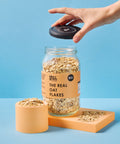
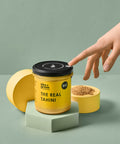

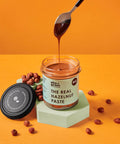
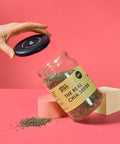
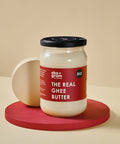
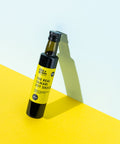
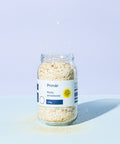

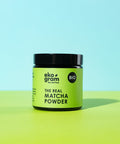
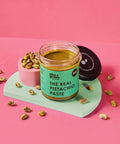
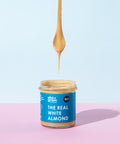
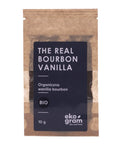
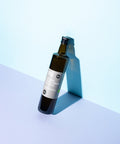


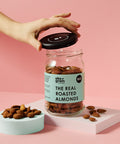
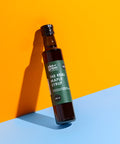
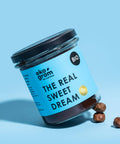
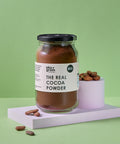


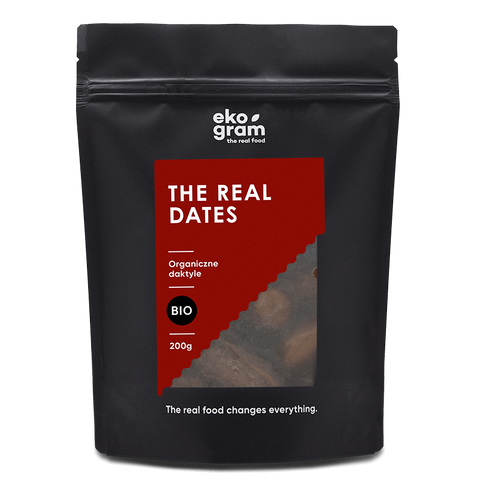
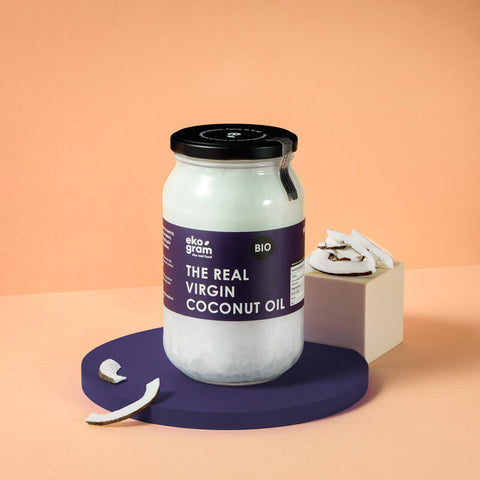
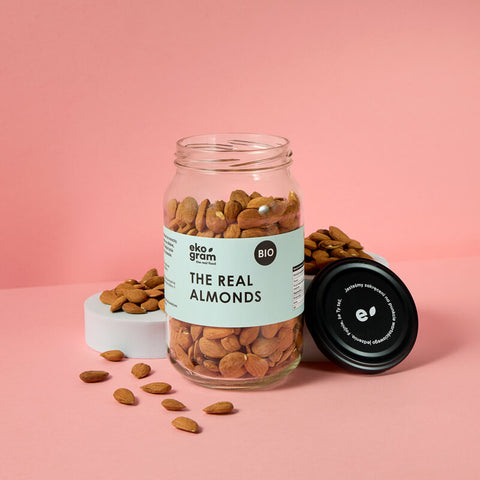
Comments (0)
There are no comments for this article. Be the first one to leave a message!